Introduction of Building Information Modeling in Industrial Engineering Education: Students’ Perception
Abstract
Featured Application
Abstract
1. Introduction
2. Materials and Methods
2.1. BIM Implementation in Project Classes
2.2. Approach for the Analysis of Student Perceptions of BIM
3. Results
3.1. BIM Methodology and the Use of the 3D Tool
3.2. BIM Use and Acquired Skills
3.3. Overall Opinion: Global Satisfaction, BIM, 3D Tool and Acquired Skills
4. Discussion
5. Conclusions
Author Contributions
Funding
Acknowledgments
Conflicts of Interest
References
- Azhar, S.; Khalfan, M.; Maqsood, T. Building information modelling (BIM): Now and beyond. Constr. Econ. Build. 2015, 1212, 15–28. [Google Scholar] [CrossRef]
- Leite, F. Project-based learning in a building information modeling for construction management course. J. Inf. Technol. Constr. (ITcon) 2016, 21, 164–176. [Google Scholar]
- Wang, L.; Leite, F. Process-oriented approach of teaching building information modeling in construction management. J. Prof. Issues Eng. Educ. Pract. 2014, 140, 04014004. [Google Scholar] [CrossRef]
- Czmoch, I.; Pękala, A. Traditional design versus BIM based design. Procedia Eng. 2014, 91, 210–215. [Google Scholar] [CrossRef]
- Richards, M. Building Information Management: A Standard Framework and Guide to BS 1192; BSI Standards: London, UK, 2010; ISBN 978-0-580-70870-1. [Google Scholar]
- Bozoglu, J. Collaboration and coordination learning modules for BIM education. J. Inf. Technol. Constr. (ITcon) 2016, 21, 152–163. [Google Scholar]
- Wu, W.; Issa, R.R. BIM education and recruiting: Survey-based comparative analysis of issues, perceptions, and collaboration opportunities. J. Prof. Issues Eng. Educ. Pract. 2013, 140, 04013014. [Google Scholar] [CrossRef]
- Abdirad, H. Metric-based BIM implementation assessment: A review of research and practice. Archit. Eng. Des. Manag. 2017, 13, 52–78. [Google Scholar] [CrossRef]
- Solnosky, R.; Parfitt, M.K.; Holland, R.J. IPD and BIM–focused capstone course based on AEC industry needs and involvement. J. Prof. Issues Eng. Educ. Pract. 2013, 140, A4013001. [Google Scholar] [CrossRef]
- Sampaio, A.Z. Proposal of Curricular Program to Introduce BIM in a Civil Engineering School. In Proceedings of the HELIX 2018 International Conference on Innovation, Engineering and Entrepreneurship, University of Minho, Guimaraes, Portugal, 27–29 June 2018. [Google Scholar] [CrossRef]
- Hjelseth, E. Building Information Modeling (BIM) in Higher Education Based on Pedagogical Concepts and Standardised Methods. Int. J. 3-D Inf. Model. (IJ3DIM) 2017, 6, 35–50. [Google Scholar] [CrossRef]
- Becerik-Gerber, A.M.A.B.; Kihong, K.; Farrokh, J. BIM-Enabled Virtual and Collaborative Construction Engineering and Management. J. Prof. Issues Eng. Educ. Pract. 2012, 138, 234–245. [Google Scholar] [CrossRef]
- Joannides, M.M.; Olbina, S.; Issa, R.R. Implementation of building information modeling into accredited programs in architecture and construction education. Int. J. Constr. Educ. Res. 2012, 8, 83–100. [Google Scholar] [CrossRef]
- Sacks, R.; Pikas, E. Building information modeling education for construction engineering and management. I: Industry requirements, state of the art, and gap analysis. J. Constr. Eng. Manag. 2013, 139, 04013016. [Google Scholar] [CrossRef]
- Abdirad, H.; Dossick, C.S. BIM curriculum design in architecture, engineering, and construction education: A systematic review. J. Inf. Technol. Constr. (ITcon) 2016, 21, 250–271. [Google Scholar]
- Adamu, Z.A.; Thorpe, T. How universities are teaching BIM: A review and case study from the UK. J. Inf. Technol. Constr. 2016, 21, 119–139. [Google Scholar]
- de Frutos, D.G.; Vázquez, A.V.; de la Peña Esteban, F.D.; Zaldívar, O.L. Development of a methodology based on multidimensional learning in technical disciplines. Adv. Build. Educ. 2017, 1, 27–36. [Google Scholar]
- Leon, I.; Sagarna, M.; Mora, F.; Marieta, C.; Otaduy, J. El empleo de la tecnología BIM en la docencia vinculada a la Arquitectura: Aprendizaje cooperativo y colaborativo basado en Proyectos reales entre diferentes asignaturas. In Proceedings of the IV Jornadas sobre Innovación Docente en Arquitectura (JIDA’16), Escuela Técnica Superior de Arquitectura de Valencia, Universitat Politècnica de València, Valencia, Spain, 20–21 October 2016; pp. 191–197. [Google Scholar]
- Nieto, E.; Rico, F.; Antón, D.; Moyano, J.J. BIM methodology in building engineering degree: Workshop in graphical expression of technologies subject. Build. Manag. 2017, 1, 37–47. [Google Scholar]
- Lopez-Zaldivar, O.; Verdu-Vazquez, A.; Gil-Lopez, T.; Lozano-Diez, R.V. The Implementation of Building Information Modeling Technology in University Teaching: The Case of the Polytechnic University of Madrid. Int. J. Eng. Educ. 2017, 33, 712–722. [Google Scholar]
- Caballero, M.B.; Pérez, P.Z.; Fernández-Coppel, I.A.; Lite, A.S. Implementation of BIM in the Subject Technical Industrial Projects—Degree in Industrial Technologies Engineering—University of Valladolid. In Project Management and Engineering Research; Springer: Cham, Switzerland, 2017; pp. 247–260. [Google Scholar]
- Muriel, P.; Paloma, A. Implantación de la Tecnología BIM en la Asignatura Proyectos de los Grados de Ingenierías Industriales de la Universidad de Extremadura. Estudio de competencias genéricas. Ph.D Thesis, Universidad de Extremadura, Badajoz, Spain, 2017. [Google Scholar]
- Plaza, E.M. Estrategias de implantación de enseñanza BIM en estudios de postgrado. Experiencia en la Universidad Politécnica de Madrid. Span. J. Build. Inf. Model. 2016, 1, 30–39. [Google Scholar]
- Jurado, J.; Carrasco, O.L.; de Rueda, J.A. Implementation Framework for BIM Methodology in the Bachelor Degree of Architecture: A Case Study in a Spanish University. Int. J. 3-D Inf. Model. (IJ3DIM) 2017, 6, 1–18. [Google Scholar] [CrossRef]
- ES BIM. Implantación de BIM en España. 4ª Reunión Comisión BIM. 2017. Available online: http://www.esbim.es/ (accessed on 15 July 2019).
- Sampaio, A.Z. BIM subject inserted in European technical schools. In Proceedings of the CINIE2019—3º Congreso Internacional de Innovación Educativa en Edificación, en la Escuela Técnica Superior de Edificación de la Universidad Politécnica de Madrid, Madrid, España, 6–8 March 2019; ISBN 978-84-16397-89-1. [Google Scholar]
- Sampaio, A.Z. Introduction of BIM methodology in education: Concept and application. In Proceedings of the HEAd’18—4th International Conference on Higher Education Advances, Valencia, Spain, 20–22 June 2018. [Google Scholar]
- Wu, W.; Kaushik, I. A BIM-based educational gaming prototype for undergraduate research and education in design for sustainable aging. In Winter Simulation Conference (WSC); IEEE: Piscataway, NJ, USA, 2015; pp. 1091–1102. [Google Scholar]
- Palomera-Arias, R.; Liu, R. BIM laboratory exercises for a MEP systems course in a construction science and management program. J. Inf. Technol. Constr. (ITcon) 2016, 21, 188–203. [Google Scholar]
- Mathews, M. BIM collaboration in student architectural technologist learning. J. Eng. Des. Technol. 2013, 11, 190–206. [Google Scholar]
- Alreshidi, E.; Mourshed, M.; Rezgui, Y. Factors for effective BIM governance. J. Build. Eng. 2017, 10, 89–101. [Google Scholar] [CrossRef]
- Elliott, J.W.; Glick, S.; Valdes-Vasquez, R. Student perceptions of model-based estimating. Int. J. Constr. Educ. Res. 2018, 15, 118–135. [Google Scholar] [CrossRef]
- Ahn, Y.H.; Cho, C.S.; Lee, N. Building information modeling: Systematic course development for undergraduate construction students. J. Prof. Issues Eng. Educ. Pract. 2013, 139, 290–300. [Google Scholar] [CrossRef]
- Chen, D.; Gehrig, G.B. Implementing Building Information Modeling in Construction Engineering Curricula. In Proceedings of the 2011 Annual Conference of the American Society Engineering Education, Vancouver, BC, Canada, 26–29 June 2011. [Google Scholar]
- Lee, N.; Hollar, D.A. Probing BIM education in construction engineering and management programs using industry perceptions. In Proceedings of the 49th ASC Annual Information Conference Proceedings, California Polytechnic State University, San Luis Obispo, CA, USA, 10–13 April 2013; pp. 467–476. [Google Scholar]
- Jung, Y.; Joo, M. Building information modelling (BIM) framework for practical implementation. Autom. Constr. 2011, 20, 126–133. [Google Scholar] [CrossRef]
- Puolitaival, T.; Forsythe, P. Practical challenges of BIM education. Struct. Surv. 2016, 34, 351–366. [Google Scholar] [CrossRef]
- Underwood, J.; Ayoade, O.; Khosrowshahi, F.; Greenwood, D.; Pittard, S.; Garvey, R. Current Position and Associated Challenges of BIM Education in UK Higher Education; BIM Academic Forum: Heslington York, UK, 2015. [Google Scholar]
- Panuwatwanich, K.; Wong, M.L.; Doh, J.H.; Stewart, R.A.; McCarthy, T.J. Integrating building information modelling (BIM) into Engineering education: An exploratory study of industry perceptions using social network data. In Proceedings of the 2013 Australasian Association for Engineering Education Conference (AAEE2013), Gold Coast, Australia, 8–11 December 2013. [Google Scholar]
- Hon, C.K.; Utiome, E.; Drogemuller, R.; Owen, R.; Beazley, S.; Nepal, M.; Coffey, V. An evaluation of learning and teaching initiatives for BIM education at Queensland University of Technology (QUT). In Proceedings of the CIB W78 Conference, Queensland University of Technology, Brisbane, Australia, 31 October–2 November 2016. [Google Scholar]
- Nielsen, D.; Fleming, M.; Kumarasuriyar, A.C. An innovative learning model for teaching architectural technology using building information modelling: A Queensland University of Technology perspective. In Proceedings of the EDULearn09 International Conference on Education and New Learning Technologies, Barcelona, Spain, 6–8 July 2009. [Google Scholar]
- Suwal, S.; Singh, V. Assessing students’ sentiments towards the use of a Building Information Modelling (BIM) learning platform in a construction project management course. Eur. J. Eng. Educ. 2018, 43, 492–506. [Google Scholar] [CrossRef]
- Zou, P.X.W.; Xu, X.; Jin, R.; Painting, N.; Li, B. Investigation of AEC Students’ Perceptions towards BIM Practice-a Case Study of Swinburne University of Technology. J. Prof. Issues Eng. 2019, 14. [Google Scholar] [CrossRef]
- Jin, R.; Yang, T.; Piroozfar, P.; Kang, B.G.; Wanatowski, D.; Hancock, C.M.; Tang, L. Project-based pedagogy in interdisciplinary building design adopting BIM. Eng. Constr. Archit. Manag. 2018, 25, 1376–1397. [Google Scholar] [CrossRef]
- Blanco, M.; Gonzalez, C.; Sanchez-Lite, A.; Sebastian, M.A. A Practical Evaluation of a Collaborative Learning Method for Engineering Project Subjects. IEEE Access 2017, 5, 19363–19372. [Google Scholar] [CrossRef]
- Succar, B.; Sher, W.; Williams, A. Measuring BIM performance: Five metrics. Archit. Eng. Des. Manag. 2012, 8, 120–142. [Google Scholar] [CrossRef]
- Succar, B.; Sher, W.; Williams, A. An integrated approach to BIM competency assessment, acquisition and application. Autom. Constr. 2013, 35, 174–189. [Google Scholar] [CrossRef]
- Blanco, M.; Sanchez-Lite, A.; Garcia, M. Learning system for engineering projects. In Proceedings of the 19th International Congress on Project Management and Engineering, Granada, Spain, 15–17 July 2015; pp. 2351–2362. [Google Scholar]
- Ozcan-Deniz, G. The AEC students’ perspective in the learning process of CAD and BIM. In Proceedings of the 10th BIM Academic Symposium & Job Task Analysis Review, Orlando, FL, USA, 4–5 April 2016. [Google Scholar]
- Rosli, M.F.; Razak, A.S.A.; Younus, M.A. To BIM or not to BIM: A pilot study on University of Malaya’s architectural students’ software preference. J. Des. Built Environ. 2016, 16, 13–26. [Google Scholar] [CrossRef]
- Watson, A. Digital buildings—Challenges and opportunities. Adv. Eng. Inform. 2011, 25, 573–581. [Google Scholar] [CrossRef]
- Sacks, R.; Barak, R. Teaching building information modeling as an integral part of freshman year civil engineering education. J. Prof. Issues Eng. Educ. Pract. 2009, 136, 30–38. [Google Scholar] [CrossRef]
- López Soblechero, M.V.; González Gaya, C.; Hernández Ramírez, J.J. A Comparative Study of Classroom and Online Distance Modes of Official Vocational Education and Training. PLoS ONE 2014, 9, e96052. [Google Scholar] [CrossRef]
- Gorsuch, R.L. Factor Analysis; Lawrence Erlbaum Associates: Hillsdale, NJ, USA, 1983. [Google Scholar]
- Kaiser, H.F. The varimax criterion for analytic rotation in factor analysis. Psychometrika 1958, 23, 187–200. [Google Scholar] [CrossRef]
- Holgado-Tello, F.P.; Chacón-Moscoso, S.; Barbero-García, I.; Vila-Abad, E. Polychoric versus Pearson correlations in exploratory and confirmatory factor analysis of ordinal variables. Qual. Quant. 2010, 44, 153. [Google Scholar] [CrossRef]
- Beavers, A.S.; Lounsbury, J.W.; Richards, J.K.; Huck, S.W.; Skolits, G.J.; Esquivel, S.L. Practical considerations for using exploratory factor analysis in educational research. Pract. Assess. Res. Eval. 2013, 18, 1–13. [Google Scholar]
- Biernacki, C.; Celeux, G.; Govaert, G. Assessing a mixture model for clustering with the integrated completed likelihood. IEEE Trans. Pattern Anal. Mach. Intell. 2000, 22, 719–725. [Google Scholar] [CrossRef]
- Nemenyi, P. Distribution-Free Multiple Comparisons. Ph.D. Thesis, University Microfilms, Princeton University, Ann Arbor, MI, USA, 1963; pp. 264–278. [Google Scholar]
- Zhu, S.B.; Li, Z.L.; Zhang, S.M.; Liang, L.L.; Zhang, H.F. Natural gas pipeline valve leakage rate estimation via factor and cluster analysis of acoustic emissions. Measurement 2018, 125, 48–55. [Google Scholar] [CrossRef]
- Mahalanobis, P.C. On the generalized distance in statistics. Natl. Inst. Sci. India 1936, 2, 49–55. [Google Scholar]
- Friedman, M. The use of ranks to avoid the assumption of normality implicit in the analysis of variance. J. Am. Stat. Assoc. 1937, 32, 675–701. [Google Scholar] [CrossRef]
- Wang, G.; Song, J. The relation of perceived benefits and organizational supports to user satisfaction with building information model (BIM). Comput. Hum. Behav. 2017, 68, 493–500. [Google Scholar] [CrossRef]

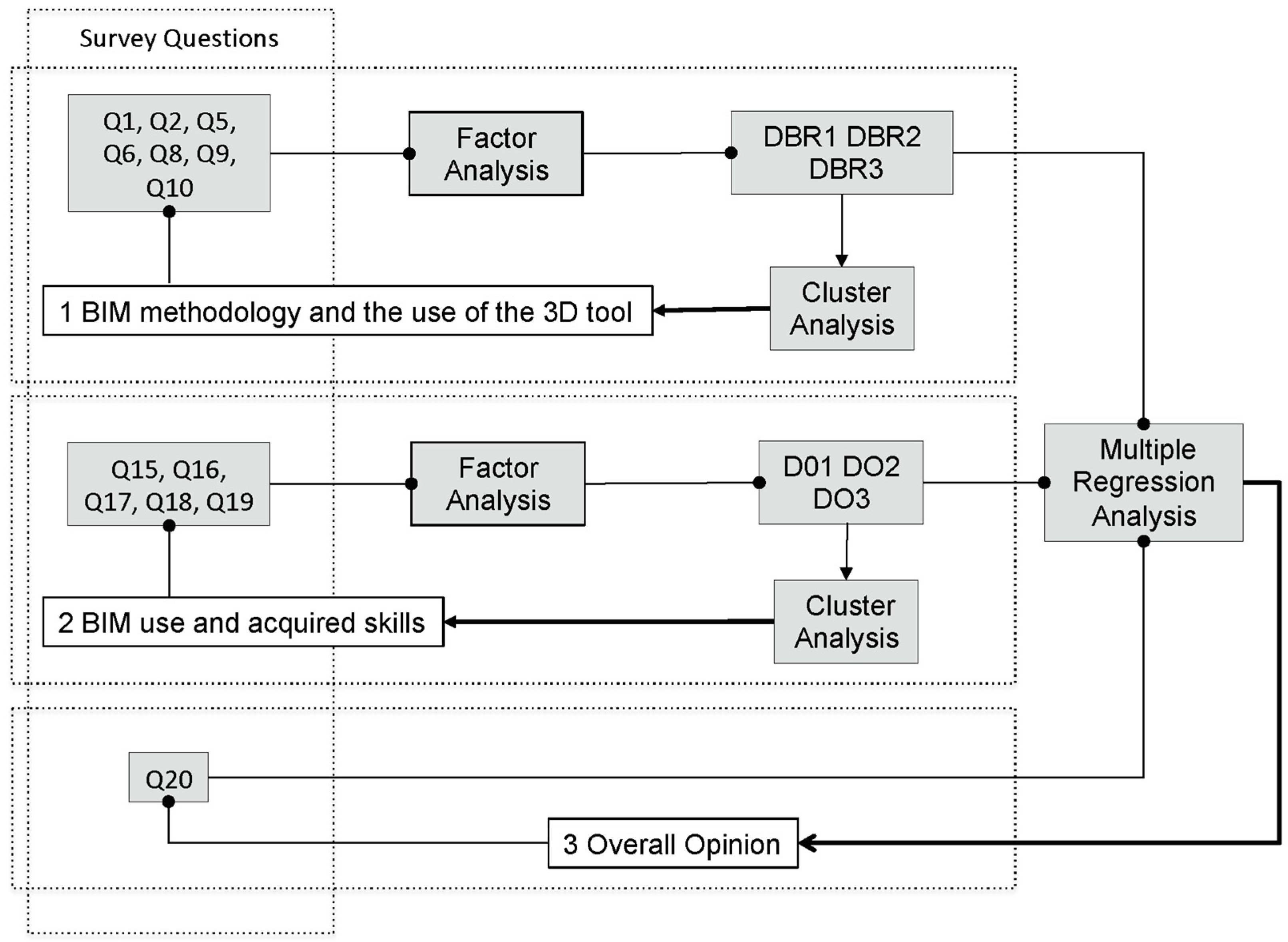
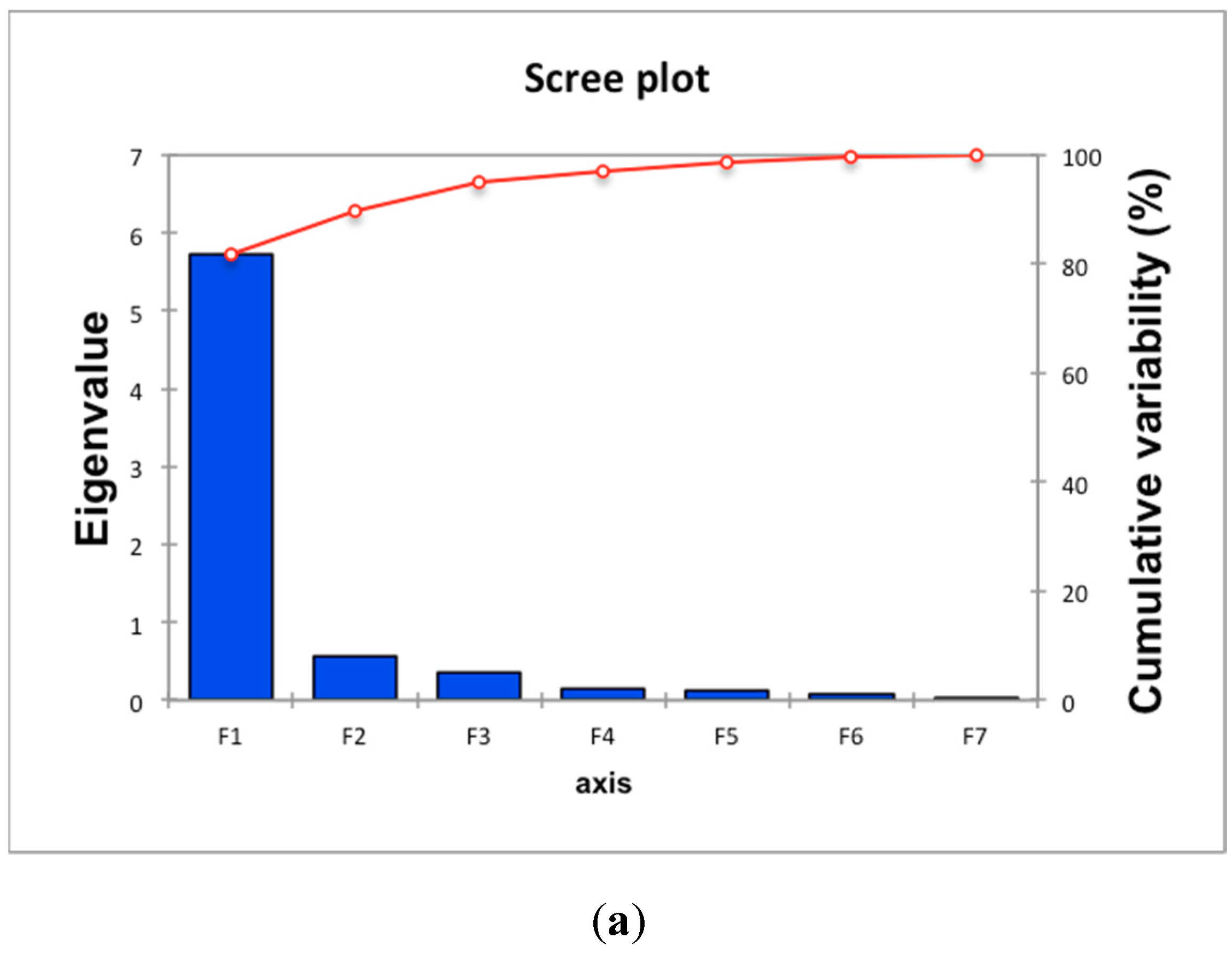
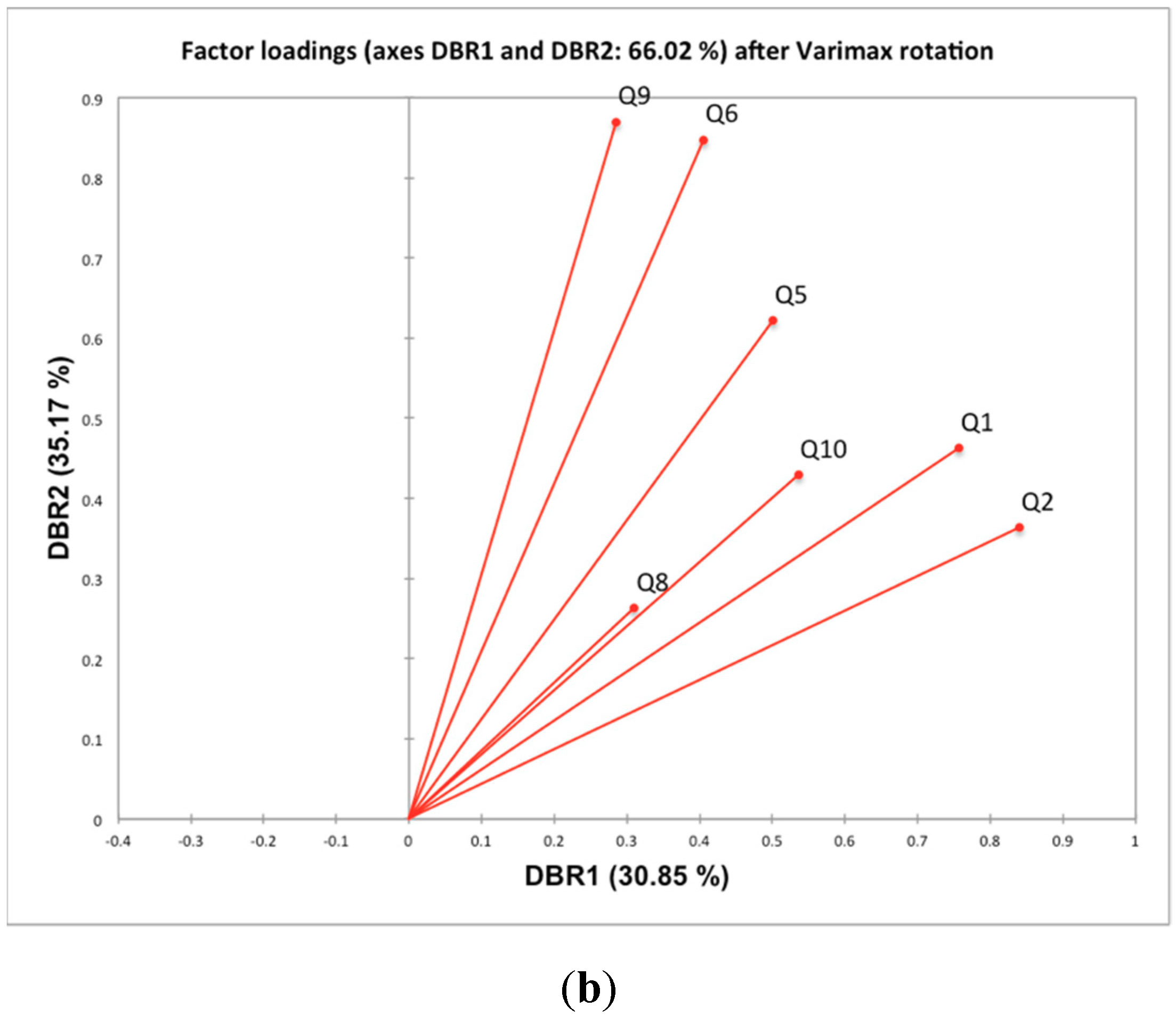
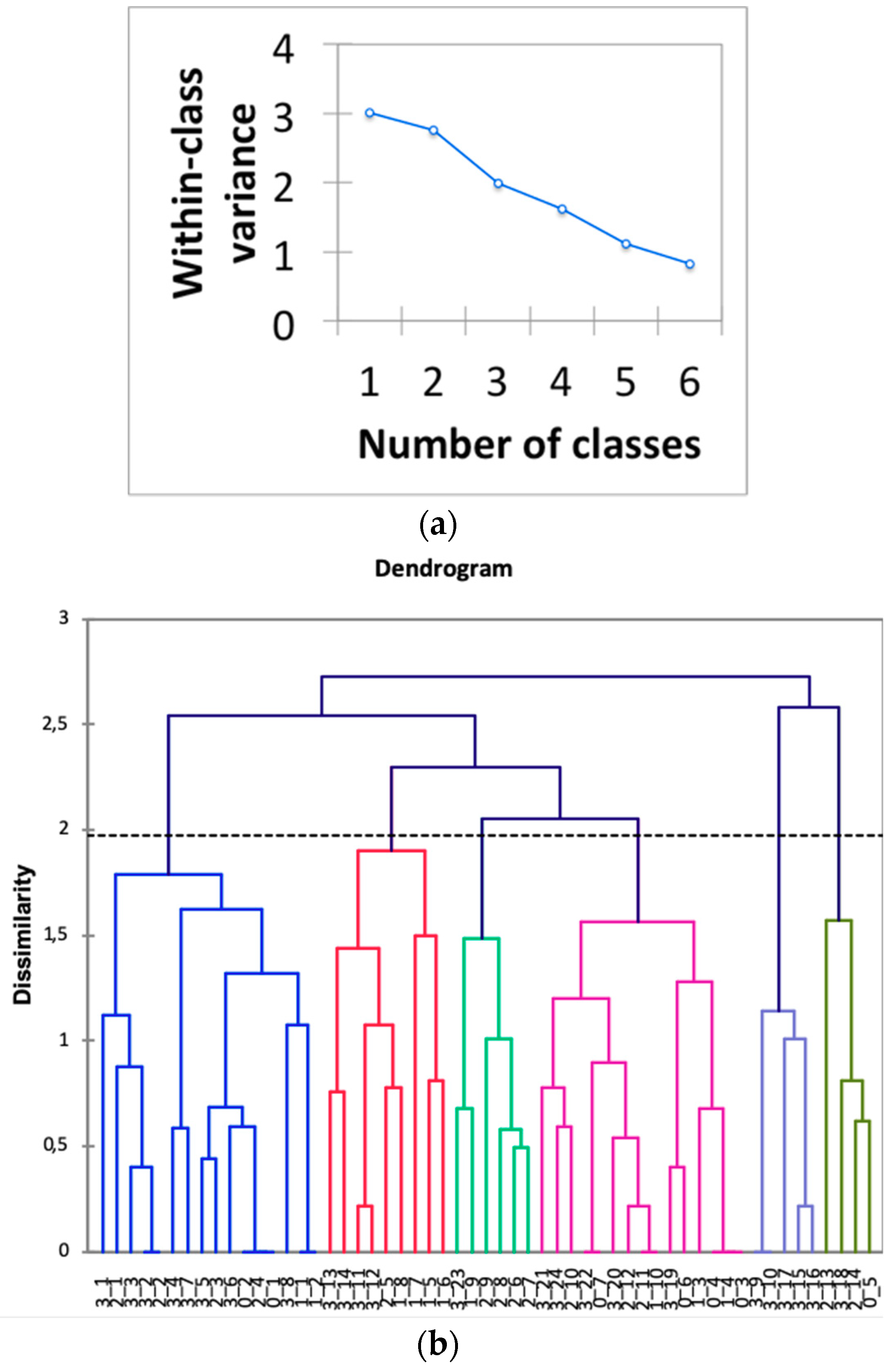
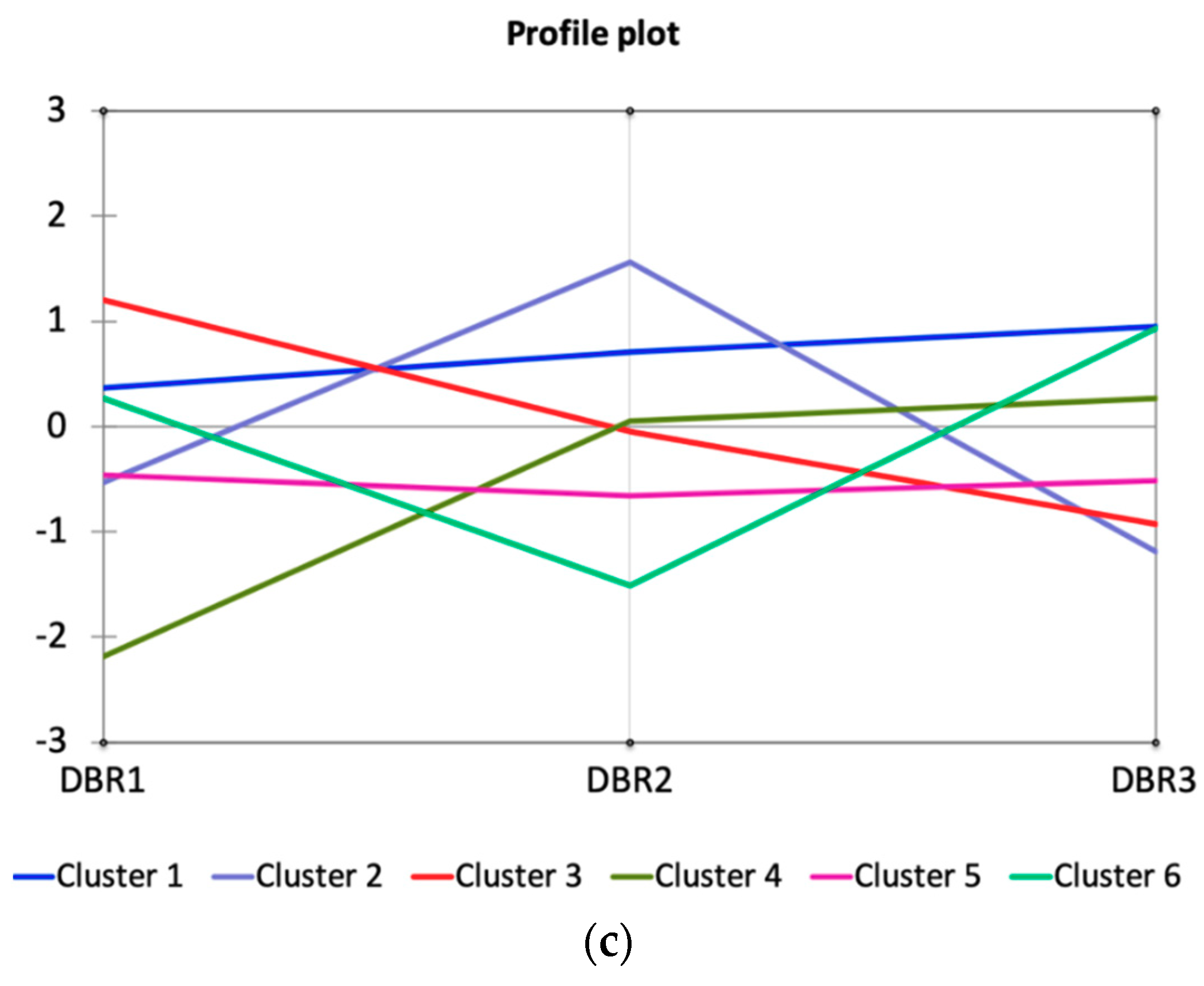
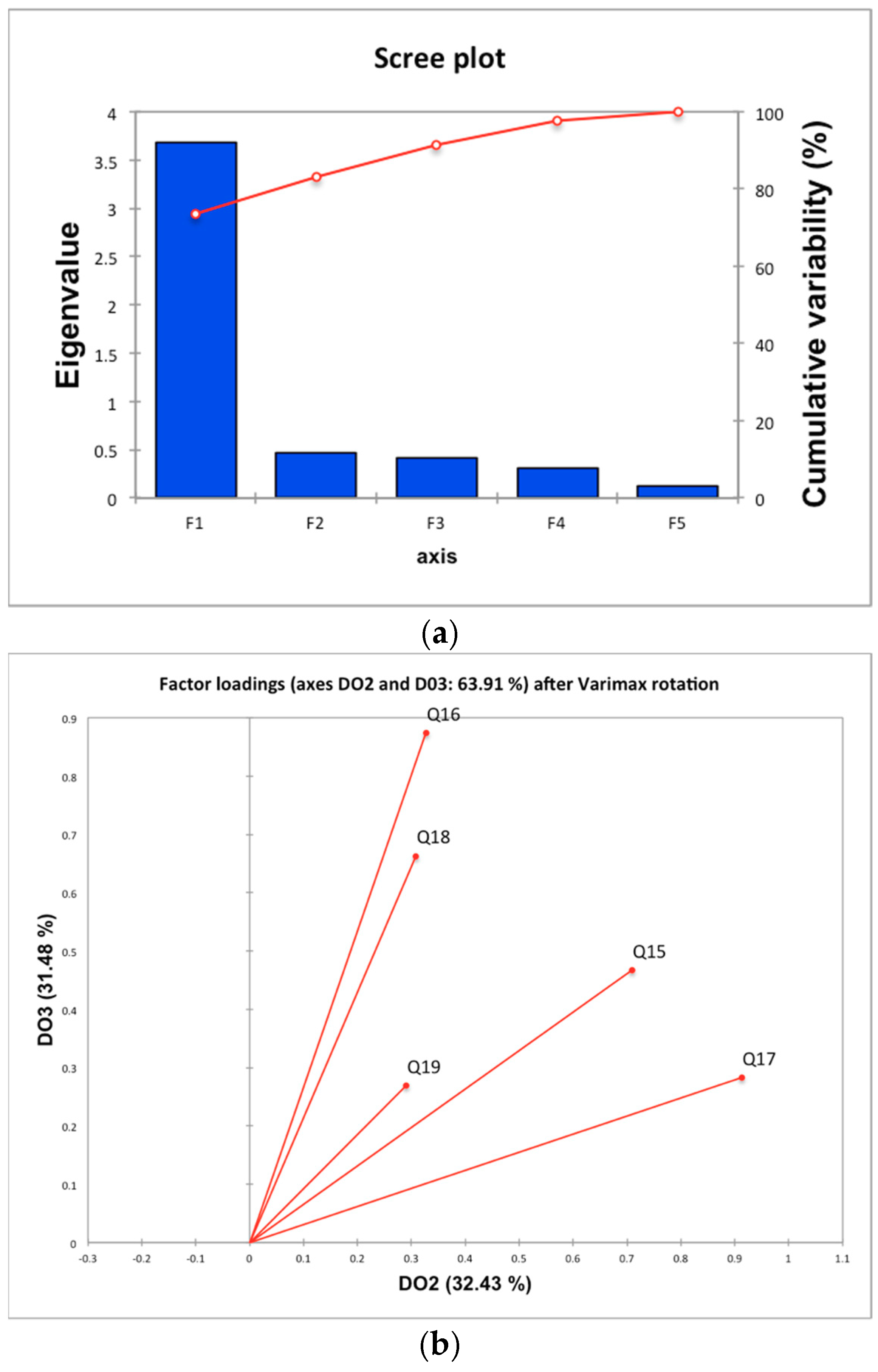
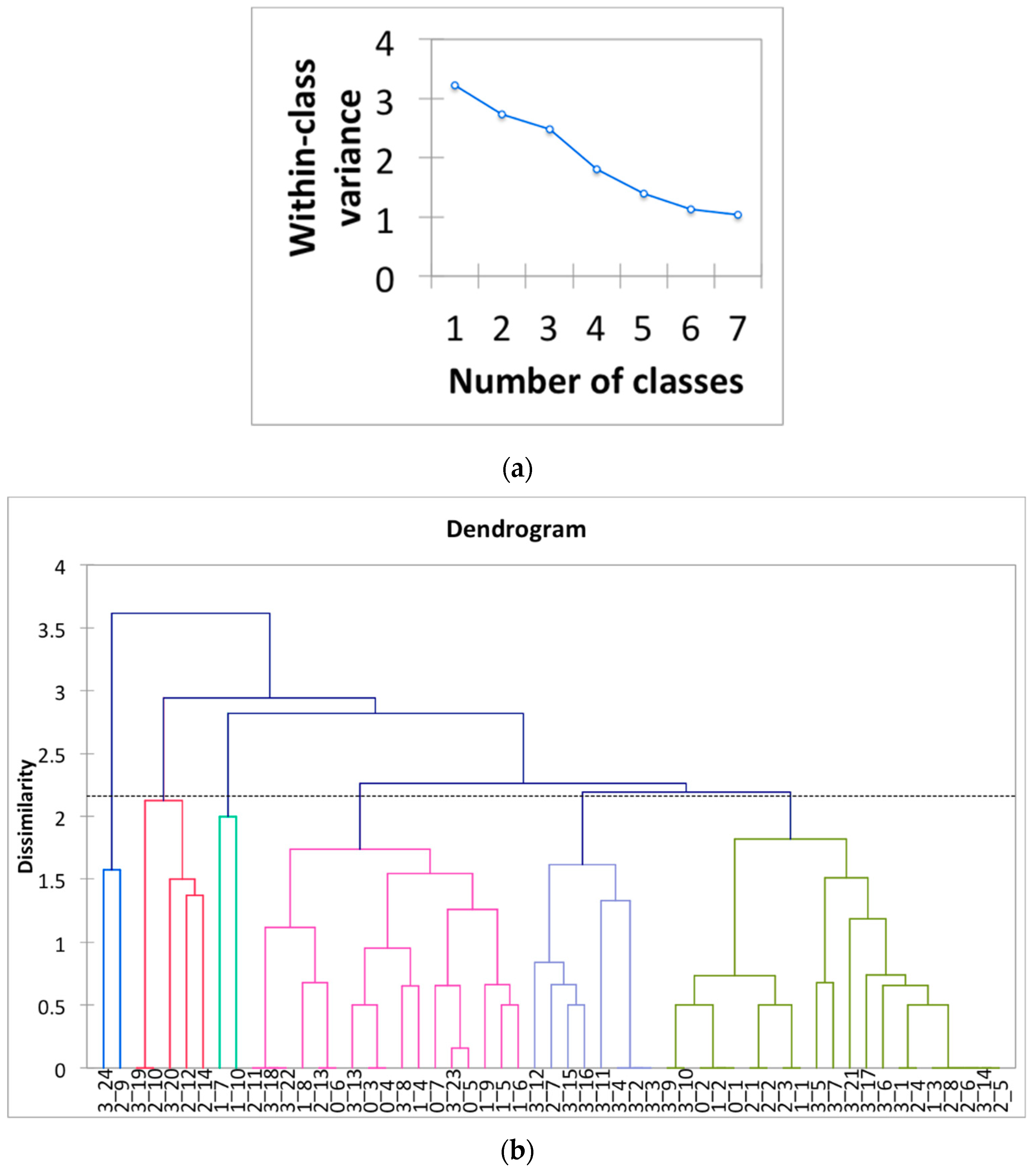
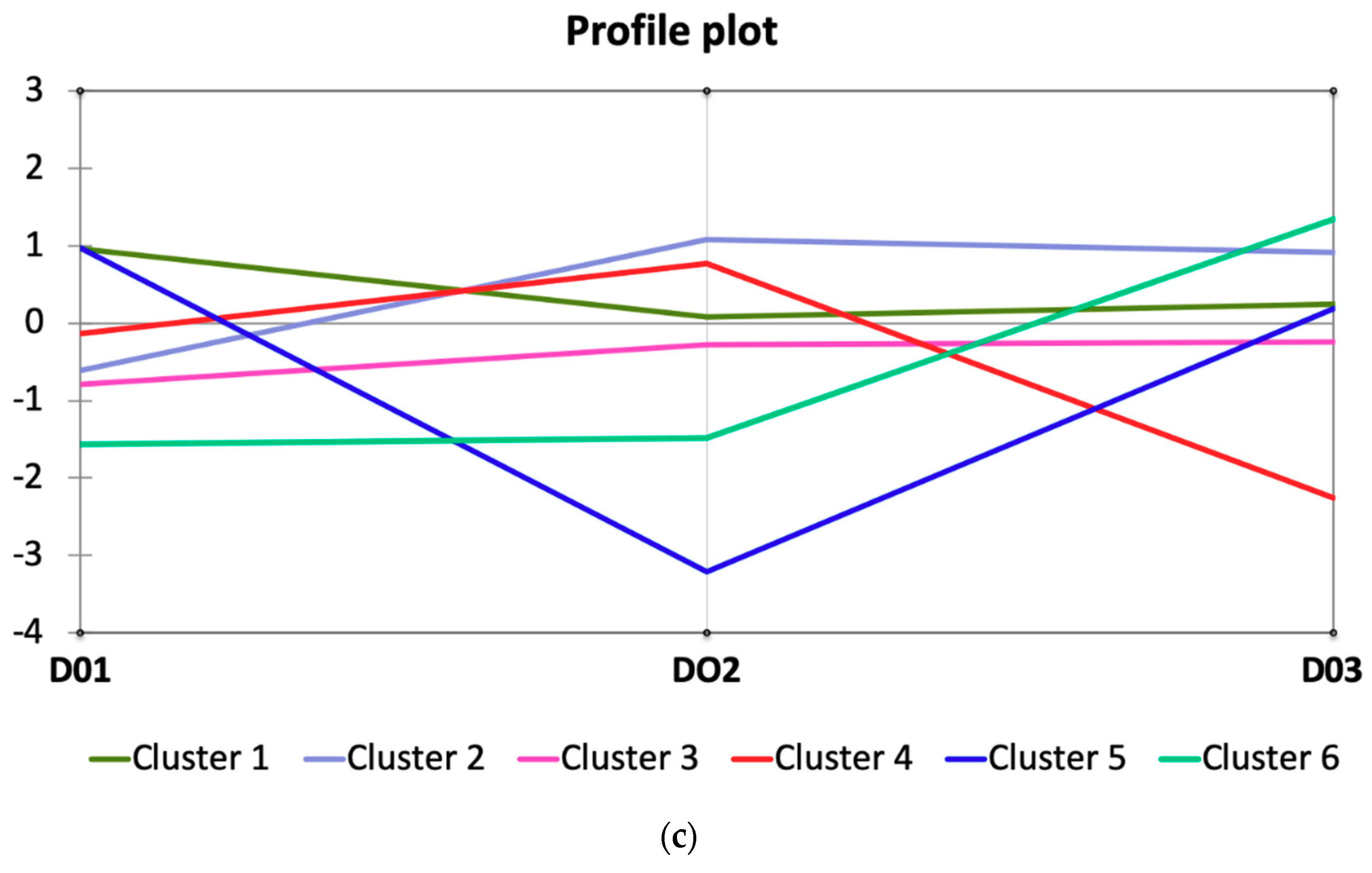
| Question | Regarding |
|---|---|
| Q1. Do you consider BIM modeling useful for projects? | BIM |
| Q2. Rate your personal assimilation of the BIM concept and its application | BIM |
| Q3. Level of difficulty in using BIM in the project | BIM |
| Q4. Level of BIM integration into industrial engineering projects | BIM |
| Q5. Rate your interest in and motivation for using BIM after this module | BIM |
| Q6. Rate your interest in groupwork using the BIM methodology | BIM |
| Q7. Rate the possibility of working with BIM from different geographical locations | BIM |
| Q8. Do you think REVIT is an intuitive and affordable piece of software? | Software used |
| Q9. Is the amount of time spent on REVIT proportional to the degree of acquired learning? | Software used |
| Q10. Do you think that the project has given you a sufficient level of skill to be able to use REVIT? | Software used |
| Q11. What additions do you think the REVIT MEP needs? | Software used |
| Q12. Rate the difficulty of learning how to use REVIT | Software used |
| Q13. What level of options does REVIT provide for working in a group? | Software used |
| Q14. How do you think BIM improves your CV as an engineer? | Overall opinion |
| Q15. Rate the use of BIM in the context of this module | Overall opinion |
| Q16. How much does this module increase your level of competence as an engineer? | Overall opinion |
| Q17. To what degree has this module contributed to independent learning? | Overall opinion |
| Q18. What level have you reached in terms of your decision-making responsibility as an engineer? | Overall opinion |
| Q19. To what degree has the module contributed to the development of skills related to groupwork? | Overall opinion |
| Q20. Rate the module overall | Overall opinion |
| Question | Min. | Max | Freq. of Min. | Freq. of Max. | Median | Mean | Stand. Deviation (n-1) |
|---|---|---|---|---|---|---|---|
| Q1 | 2 | 5 | 12 | 9 | 4.000 | 3.491 | 1.016 |
| Q2 | 1 | 5 | 2 | 5 | 3.000 | 3.200 | 1.026 |
| Q5 | 1 | 5 | 6 | 8 | 3.000 | 3.109 | 1.227 |
| Q6 | 2 | 5 | 6 | 10 | 3.000 | 3.564 | 0.918 |
| Q8 | 1 | 3 | 17 | 20 | 2.000 | 2.055 | 0.826 |
| Q9 | 1 | 4 | 13 | 3 | 2.000 | 2.255 | 0.886 |
| Q10 | 1 | 4 | 15 | 7 | 2.000 | 2.255 | 1.004 |
| Q15 | 1 | 5 | 1 | 14 | 4.000 | 3.855 | 0.891 |
| Q16 | 2 | 4 | 7 | 21 | 3.000 | 3.255 | 0.673 |
| Q17 | 2 | 5 | 3 | 7 | 4.000 | 3.800 | 0.730 |
| Q18 | 2 | 5 | 5 | 7 | 4.000 | 3.582 | 0.832 |
| Q19 | 2 | 5 | 12 | 2 | 3.000 | 3.309 | 0.858 |
| Q20 | 2 | 5 | 7 | 2 | 3.000 | 3.345 | 0.751 |
| Question | DBR1 | DBR2 | DBR3 |
|---|---|---|---|
| Q1 | 0.757 | 0.462 | 0.416 |
| Q2 | 0.840 | 0.364 | 0.352 |
| Q5 | 0.501 | 0.622 | 0.552 |
| Q6 | 0.405 | 0.848 | 0.224 |
| Q8 | 0.310 | 0.263 | 0.903 |
| Q9 | 0.285 | 0.870 | 0.335 |
| Q10 | 0.536 | 0.429 | 0.665 |
| Question | DO1 | DO2 | DO3 |
|---|---|---|---|
| Q15 | 0.440 | 0.709 | 0.467 |
| Q16 | 0.215 | 0.327 | 0.874 |
| Q17 | 0.238 | 0.912 | 0.283 |
| Q18 | 0.520 | 0.308 | 0.663 |
| Q19 | 0.895 | 0.291 | 0.269 |
© 2019 by the authors. Licensee MDPI, Basel, Switzerland. This article is an open access article distributed under the terms and conditions of the Creative Commons Attribution (CC BY) license (http://creativecommons.org/licenses/by/4.0/).
Share and Cite
Sánchez, A.; Gonzalez-Gaya, C.; Zulueta, P.; Sampaio, Z. Introduction of Building Information Modeling in Industrial Engineering Education: Students’ Perception. Appl. Sci. 2019, 9, 3287. https://doi.org/10.3390/app9163287
Sánchez A, Gonzalez-Gaya C, Zulueta P, Sampaio Z. Introduction of Building Information Modeling in Industrial Engineering Education: Students’ Perception. Applied Sciences. 2019; 9(16):3287. https://doi.org/10.3390/app9163287
Chicago/Turabian StyleSánchez, Alberto, Cristina Gonzalez-Gaya, Patricia Zulueta, and Zita Sampaio. 2019. "Introduction of Building Information Modeling in Industrial Engineering Education: Students’ Perception" Applied Sciences 9, no. 16: 3287. https://doi.org/10.3390/app9163287
APA StyleSánchez, A., Gonzalez-Gaya, C., Zulueta, P., & Sampaio, Z. (2019). Introduction of Building Information Modeling in Industrial Engineering Education: Students’ Perception. Applied Sciences, 9(16), 3287. https://doi.org/10.3390/app9163287







